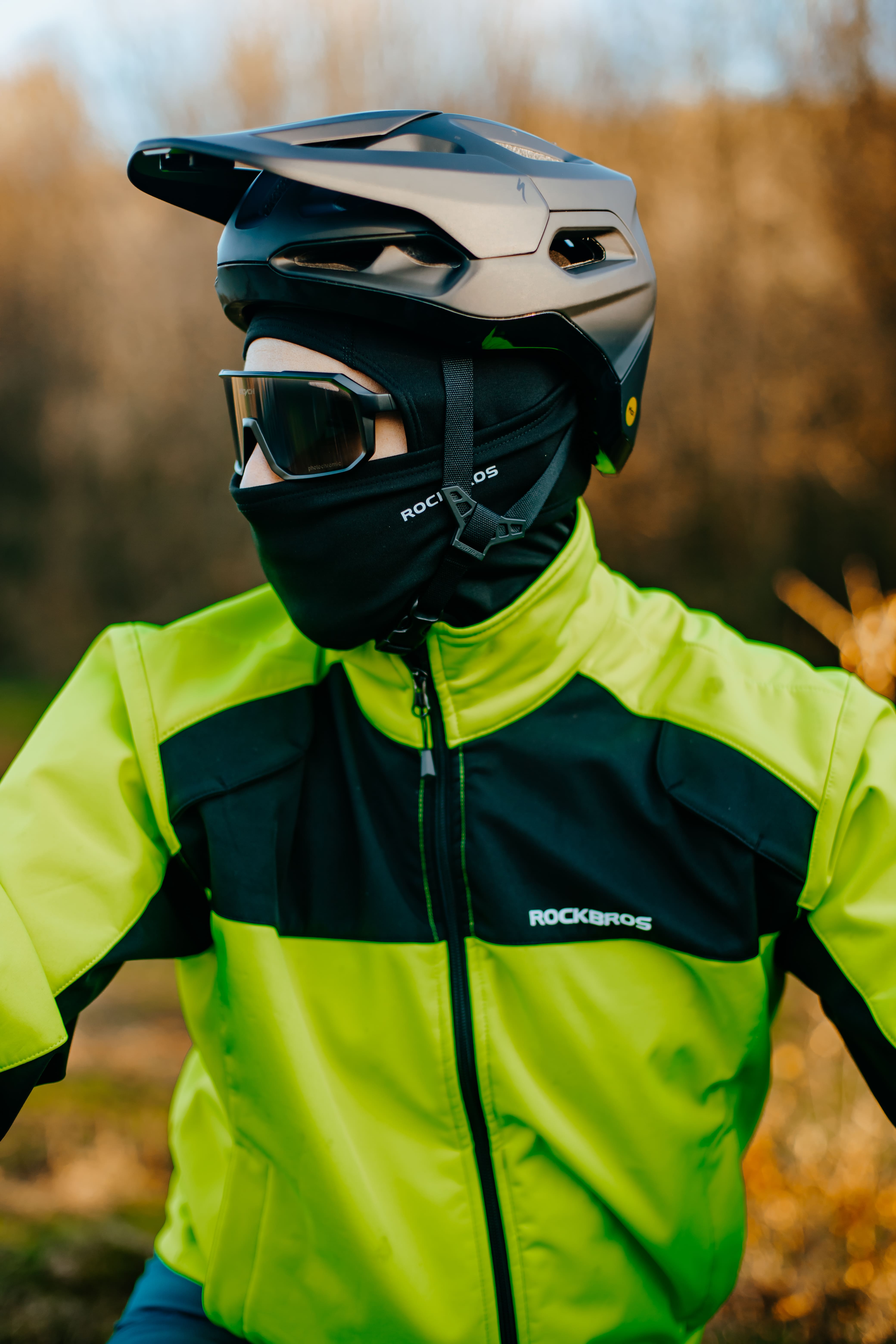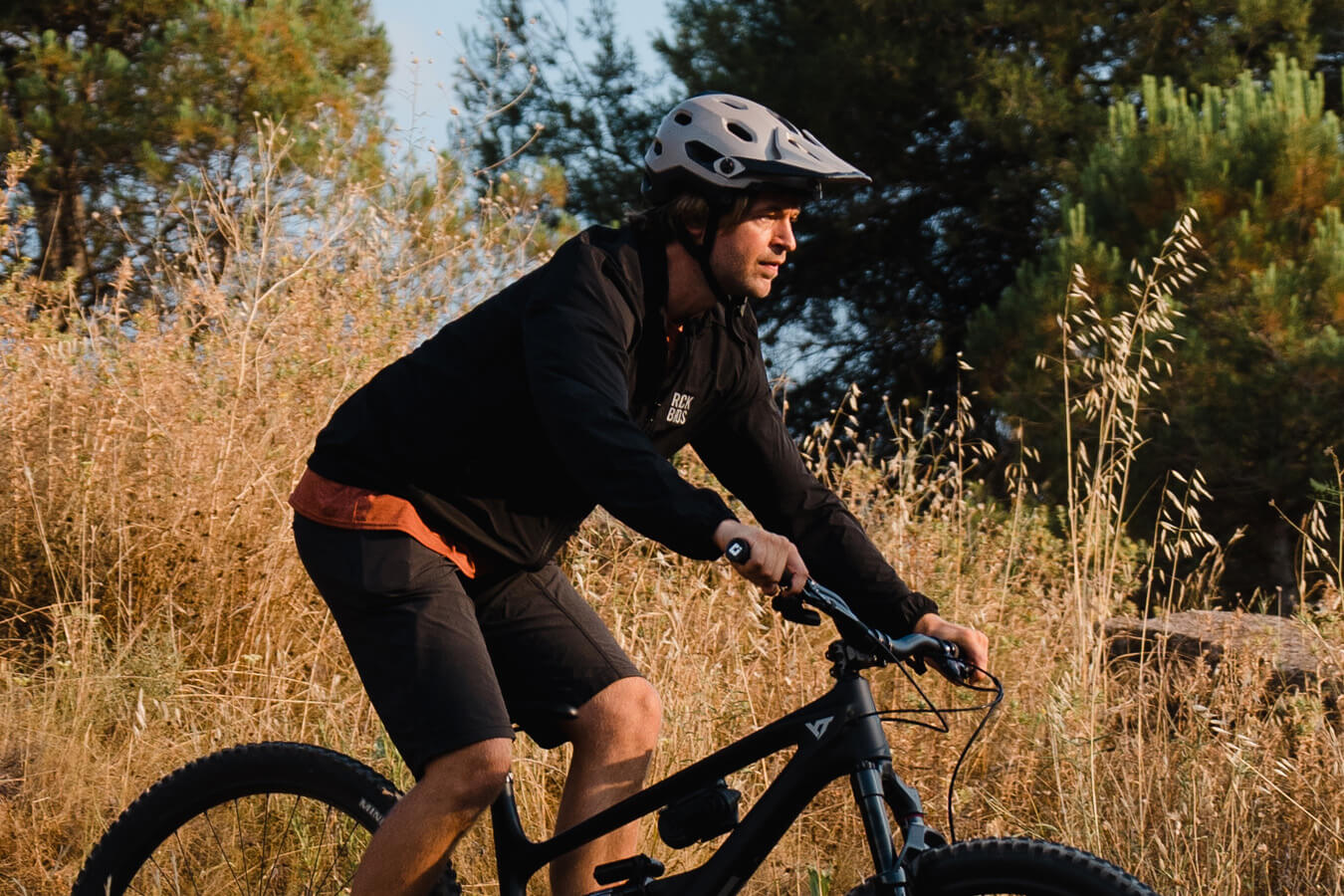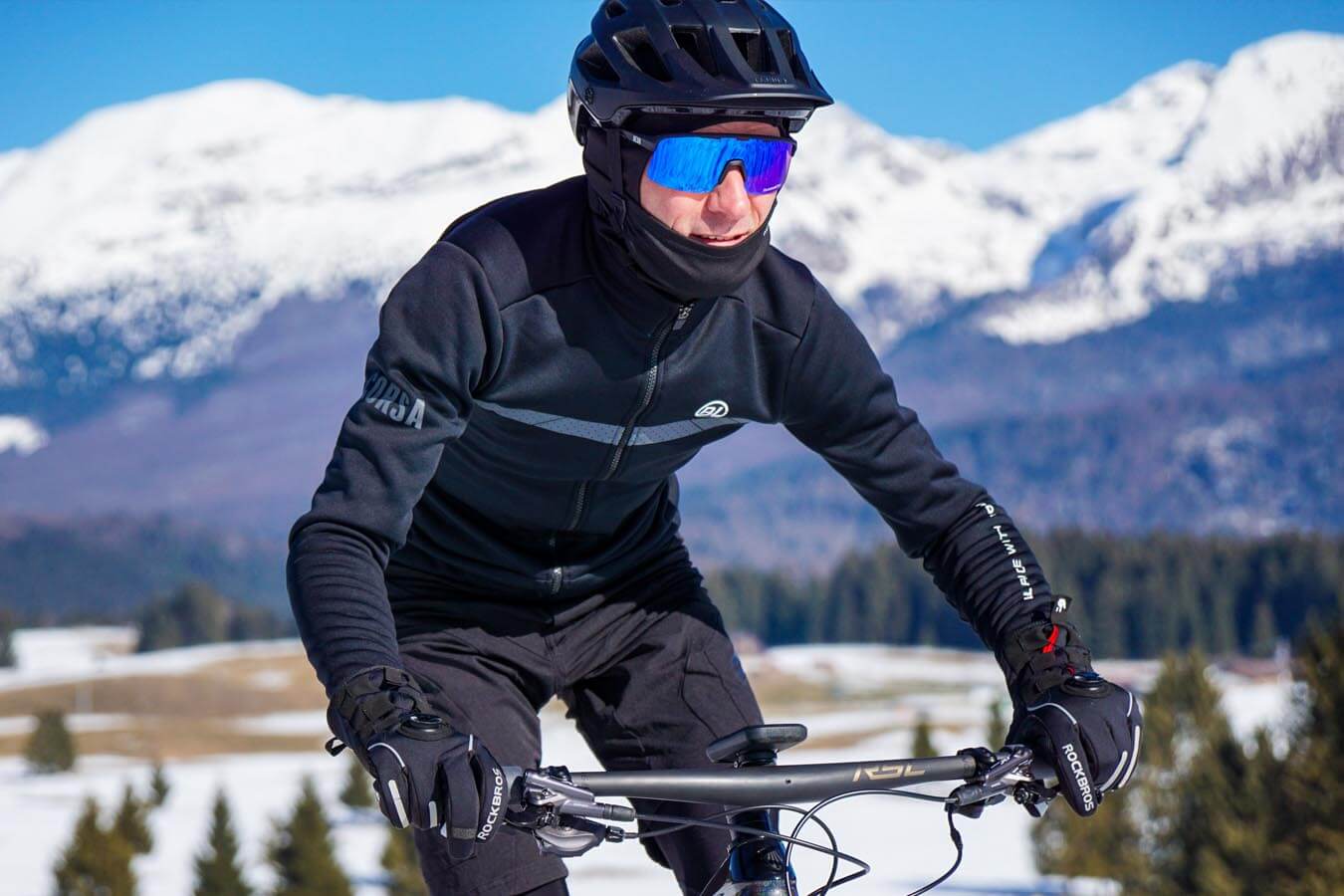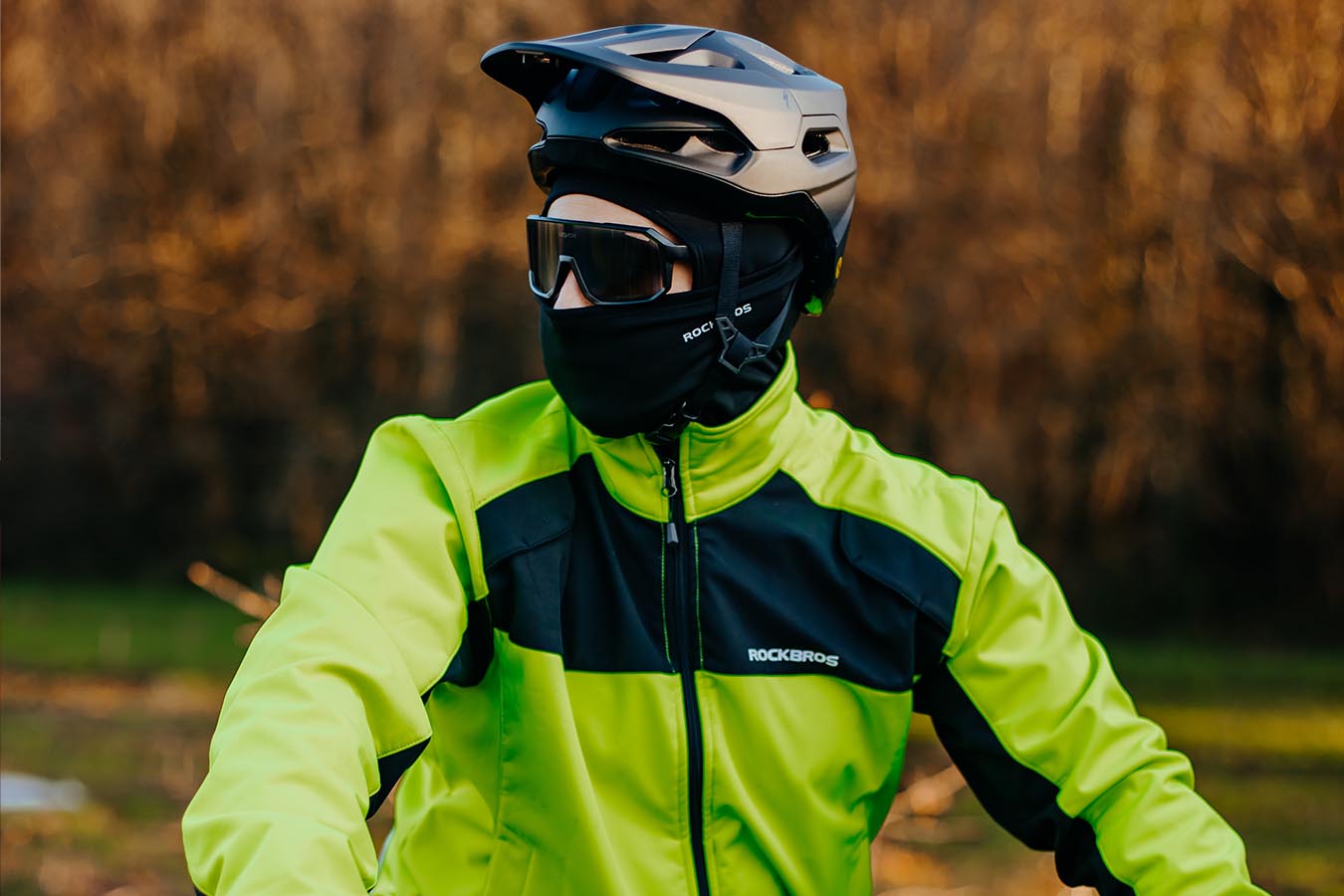A cycling jersey’s fit is one of the most important factors affecting both comfort and performance on the bike. A well-fitted jersey reduces wind resistance by closely hugging the body, which helps improve speed and efficiency. At the same time, a proper fit prevents fabric from moving around and causing chafing or discomfort during long rides. When your jersey fits correctly, it also aids in regulating body temperature and allows you to focus fully on your ride without distractions. Finding the right balance between snugness and freedom of movement is key to maximizing your cycling experience.

Why Fit Matters More Than You Think
Aerodynamics: Ride Faster with Less Drag
A tight-fitting cycling jersey helps you cut through the air by reducing wind resistance. When your jersey fits close to your body, it eliminates loose fabric that can flap and create drag. This means you use less energy to maintain higher speeds. Studies using wind tunnels and computer simulations confirm that smooth, stretchy materials that hug your shape improve airflow. Some jerseys even have special textures designed to manage airflow, similar to the dimples on a golf ball. For competitive riders, race fit jerseys can save up to 30 watts of power at high speeds—a real advantage when every second counts.
Comfort: Stay Focused Without Distractions
Comfort is just as crucial as speed. A jersey that fits properly stays in place and prevents chafing, so you don’t have to stop adjusting your clothes mid-ride. When the fabric hugs your body without being too tight, it won’t bunch up or rub against your skin. This reduces irritation and helps you stay comfortable, even on long or intense rides. Feeling comfortable means you can focus fully on your performance and enjoy the ride.
Fabric Performance: Keep Cool and Dry
How your jersey fits also affects how well its fabric works. Modern cycling jerseys use moisture-wicking materials that pull sweat away from your skin to keep you dry and regulate body temperature. A snug fit helps the fabric stay in close contact with your skin, making moisture management more effective. Race fit jerseys combine tight cuts with advanced fabrics for optimal sweat control and overheating prevention. Club fit jerseys offer a bit more room but still focus on breathability for longer rides. Thermal jerseys are designed slightly looser to allow layering but still manage moisture and warmth to keep you comfortable in cooler conditions.
For those riding in warmer months, choosing the right cycling jersey is just as important. To learn how to stay cool and comfortable during hot weather rides, check out our detailed guide on How to Choose the Right Cycling Jersey for Summer.

How Should a Cycling Jersey Fit
Second Skin Feel
When you ask how a cycling jersey fits, think about the "second skin" standard. Your jersey should feel snug but never restrictive. You want no loose fabric, especially at the cuffs and waist. The sleeves should not flap in the wind. The cuffs need to grip your arms firmly, but they should not cut off circulation. The waist grippers keep the jersey from riding up or sagging. This helps the jersey stay in place when you move.
The fit should be tighter than a regular T-shirt but not as tight as a base layer. Look for seamless cuffs and a shorter waist. These features create a smooth transition from your skin to the fabric. Full-length zippers help you adjust ventilation and make layering easier. Try the jersey on and get into a riding position. Stretch your arms out and squat. The jersey should not bunch up or have extra fabric hanging down.
Tip: If you notice the tail of the jersey catching on your saddle, the jersey may be too long. A proper fit avoids this problem.
Professional cyclists often choose race-fit or aero-fit jerseys. These jerseys hug the body closely to reduce drag and improve speed. Aero jerseys have longer sleeves that reach the elbow and use advanced fabrics to manage moisture and airflow.
Range of Motion
A good cycling jersey should allow you to move freely. When you wonder how a cycling jersey fit, check if you can move your arms and shoulders without feeling restricted. The fabric should stretch with your movements. You should feel comfortable when you reach for your handlebars or stand up to pedal.
The jersey must be snug but not so tight that it limits your range of motion. Stretchable fabrics and ergonomic designs help you move easily during your ride. Test the fit by mimicking your cycling posture. Reach forward and bend your elbows. The jersey should stay in place and not pull across your back or shoulders.
Note: If you feel any pinching or pulling, try a different size or style. Comfort and freedom of movement are just as important as aerodynamics.
Common Fit Issues
Many cyclists, especially beginners, struggle with finding the right fit. You may notice discomfort if the jersey is too tight or too loose. Poor sizing can affect breathability and moisture management. If the jersey does not fit well, you might feel hot, sweaty, or irritated during your ride. Design flaws, like poorly placed seams or pockets, can also cause problems. About 40% of amateur cyclists report discomfort due to size, design, or fabric issues. These problems can distract you and reduce your enjoyment of cycling.
When you choose a jersey, always check the fit at the chest, shoulders, arms, waist, and torso. Try different brands and styles to see what works best for your body. Remember, how a cycling jersey fits depends on your needs and comfort. Testing the jersey in a riding position helps you spot issues before you hit the road.

Types of Cycling Jersey Fits
Not all jerseys are created with the same goals in mind. Depending on your riding style, body type, and comfort preferences, you can choose from three main types of jersey fits:
|
Fit Type |
Fit Characteristics |
Aerodynamic Efficiency |
Body Type Suitability |
Key Features and Intended Use |
|
Race Fit |
Snug, close-fitting |
High |
Best for lean, performance riders |
Reduces wind resistance; ideal for racing and fast training |
|
Club Fit |
More relaxed, generous cut |
Moderate to Low |
Suitable for most body types |
Balances comfort and function; good for group and long rides |
|
Relaxed Fit |
Loose, comfort-focused |
Low |
Suitable for all body types |
Maximum comfort; best for casual and recreational cycling |
Race Fit
Race fit jerseys fit tightly against your body. This helps you ride faster by making you more aerodynamic. The fabric stretches so you can move easily. Sleeves usually go down to just above your elbows. Power bands at the sleeves and waist keep the jersey from moving. Flat seams stop chafing, and silicone grippers keep the jersey in place. These jerseys use light, breathable fabric to help with sweat and keep you cool. Race fit is best if you want to go fast and have a slim build.
-
Tight, aerodynamic shape
-
Fabric stretches and wicks away sweat
-
Longer back covers you when you ride
-
Silicone grippers and flat seams
Race fit jerseys help you use less energy by cutting drag, but they might feel too tight if you like loose clothes.
Club Fit
Club fit jerseys are not as tight. You get more space in the chest, waist, and arms. This fit gives you both comfort and some speed. The fabric still keeps you dry, but you can move more freely. Club fit is good for most riders, especially for long or group rides.
-
Roomy shape for comfort
-
Breathable fabric that wicks sweat
-
Bigger pockets for carrying things
-
Good for wearing layers
Club fit is comfy for long rides and still lets you go pretty fast.
Relaxed Fit
Relaxed fit jerseys are the loosest. You will not feel squeezed or tight at all. These jerseys work for any body type and are great for easy rides, or going to school or work. You can wear them on your bike or off.
-
Loose shape lets you move easily
-
Comfortable all day long
-
Easy to wear for riding or other things
If you care more about comfort than speed, pick relaxed fit. This style is perfect for new riders or anyone who wants a jersey for fun, not racing.

How to Choose the Right Cycling Jersey for You
Measuring Yourself
Getting the right fit starts with knowing your measurements. Measure your chest, waist, and hips accurately and compare them to the size chart of the brand you're considering. Sizes vary widely between manufacturers, especially between U.S. and Euro cuts. Don’t assume your usual T-shirt size will work. Follow these steps for the best results:
-
Measure your chest at the fullest part. Keep the tape level and snug, but not tight.
-
Measure your waist at the narrowest spot, usually above your belly button. Make sure the tape stays horizontal.
-
Measure your hips at the widest point. Stand with your feet together and keep the tape straight.
-
Record your height. This helps match your body to the brand’s size chart.
Write down these numbers. They will help you answer the question: How should a cycling jersey fit your body?
Using Size Charts
Every cycling brand uses its own sizing system. You cannot rely on your usual T-shirt size. Size charts from different brands often vary. Some brands offer more options, like big and tall sizes, while others use Euro-style cuts or women’s specific designs. Always check the brand’s chart and compare it to your measurements. Try sizes both larger and smaller than you expect. This helps you find the best fit, especially if you want a slim or relaxed style. Women may need to pay extra attention, since cuts can differ a lot between brands. Remember, size charts are guides, not rules.
Tip: ROCKBROS offers a wide range of sizes and styles.
Solving Fit Problems
You may still face fit issues, even after careful measuring. Here are some common problems and solutions:
-
Choose the right fit type for your riding style. Race fit works best for speed and less flapping. Club fit gives more comfort for longer rides. Relaxed fit is great for casual cycling.
-
Make sure the jersey fits snugly at the chest, sleeves, and hem. Avoid extra fabric or pinching.
-
Look for silicone grippers on the sleeves and waist. These keep the jersey from riding up.
-
Try on jerseys in a cycling position. Move your arms and bend forward to check comfort.
-
l Pick moisture-wicking, stretchy fabrics. These help regulate temperature and move with your body.
-
l If you have unique needs, consider custom or tailored jerseys.
Choosing the right cycling jersey makes a big difference in your comfort and speed. A snug, second-skin fit reduces drag, keeps fabric from flapping, and helps your muscles work better. You stay cool and dry because moisture-wicking fabrics pull sweat away. Always check how a cycling jersey fits by measuring your body and testing the jersey in a riding position. Try different fits to see what feels best for your body and riding style.
If you're looking for a jersey that balances performance with all-day comfort, ROCKBROS offers a range of cycling jerseys in race, club, and relaxed fits. With thoughtful design details like seamless cuffs, moisture-wicking fabrics, and reliable size consistency, their gear is made to support your ride, wherever the road takes you.
FAQ
How do you know if your cycling jersey is too tight?
If you feel pinching, numbness, or restricted movement, your jersey is too tight. You should move your arms freely. The fabric should not dig into your skin. Try a larger size if you feel uncomfortable.
Can you wear a base layer under a tight cycling jersey?
Yes, you can wear a thin, moisture-wicking base layer under a tight cycling jersey. It helps regulate temperature and manage sweat during long or intense rides. Just make sure the base layer lies flat and doesn’t bunch up, which can cause discomfort. Many riders pair their jerseys with lightweight base layers like those offered by ROCKBROS, which are designed to stay breathable and fit smoothly under form-fitting jerseys.
What should you do if your jersey rides up while cycling?
Check for silicone grippers at the waist. These help keep the jersey in place. If your jersey still rides up, try a smaller size or a different fit type. A proper fit prevents this issue.
Do women need a different fit than men?
Women often need jerseys with a different cut. Look for women-specific designs. These fit better at the chest, waist, and hips. You get more comfort and better performance with the right shape.








Leave a comment
This site is protected by hCaptcha and the hCaptcha Privacy Policy and Terms of Service apply.